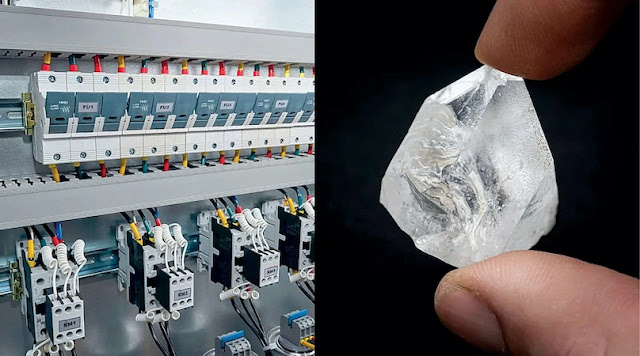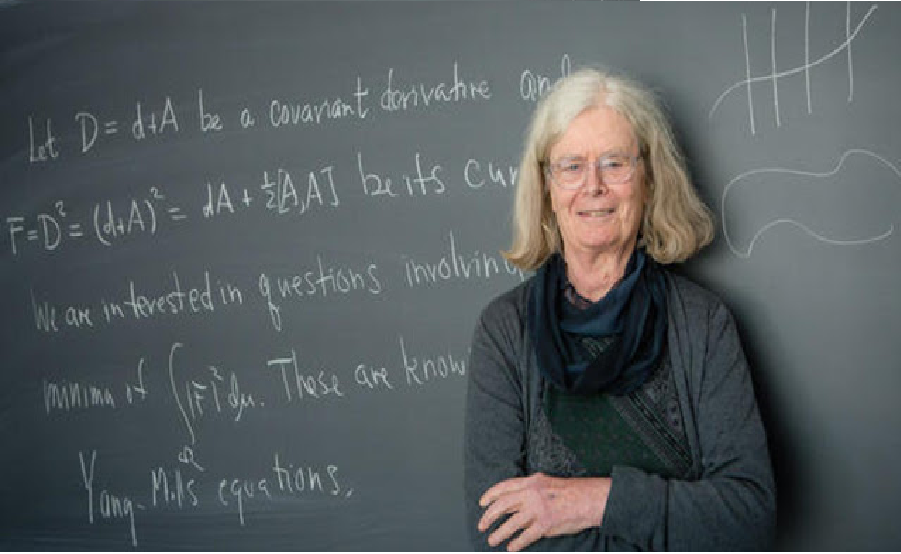Japan is widely recognized as a global leader in technological innovation, disaster preparedness, and creative problem-solving. One fascinating example of this intersection of technology and safety is its vending machines, many of which are equipped with seismic sensors that automatically unlock and dispense food and water during major earthquakes. To outsiders, this may sound like science fiction. In reality, it’s part of a nationwide strategy that combines engineering ingenuity with social responsibility, ensuring that people have access to essential resources in times of crisis.
A Culture Shaped by Earthquakes
Japan sits on the Pacific “Ring of Fire,” an area of intense seismic and volcanic activity. The country experiences about 1,500 noticeable earthquakes every year, ranging from small tremors to devastating quakes. The 1995 Kobe earthquake and the 2011 Great East Japan Earthquake serve as stark reminders of how destructive these natural disasters can be. Beyond the immediate damage to buildings and infrastructure, one of the biggest challenges during disasters is ensuring survivors have access to drinking water and food.
The Japanese approach to disaster preparedness is proactive rather than reactive. From earthquake-resistant skyscrapers to early-warning alert systems, the country invests heavily in technologies that protect lives. The vending machine innovation is another layer in this multifaceted defense system.
The Role of Vending Machines in Japanese Society
Japan has more than 4 million vending machines—one of the highest per-capita rates in the world. These machines are everywhere: on busy Tokyo street corners, in rural mountain towns, in subway stations, and even near remote hiking trails. They are so common that for many Japanese citizens, vending machines represent not just convenience but reliability.
Traditionally, vending machines dispense drinks, snacks, or other small items. Over the years, they have evolved to sell everything from hot meals and umbrellas to batteries and face masks. Their ubiquity makes them the perfect candidate for integration into disaster preparedness strategies. In the event of an earthquake, people may not have immediate access to convenience stores, supermarkets, or emergency shelters—but vending machines are always close at hand.
Seismic Sensors: How They Work
The key to these special vending machines lies in their seismic sensors. The technology is relatively simple yet highly effective. When a strong earthquake occurs, the sensors detect the tremors. If the magnitude or intensity of the quake crosses a certain threshold, the vending machine’s locking mechanism automatically disengages. This means that drinks and food stored inside become freely accessible to anyone nearby, without requiring coins or electronic payment.
Some models are even programmed to partially unlock, dispensing a limited supply of bottled water and canned goods to prevent hoarding. Others can be remotely controlled by municipal authorities or vending machine operators, allowing them to unlock large numbers of machines across an affected region simultaneously.
Emergency Resource Hubs
During a major disaster, infrastructure such as electricity, transportation, and water supply is often disrupted. In such scenarios, vending machines can become life-saving resource hubs. Water is especially critical, not only for drinking but also for first aid, cooking, and hygiene.
Japanese vending machines are designed with these emergencies in mind. Many are stocked with bottled water, sports drinks, canned coffee, and sometimes ready-to-eat canned meals. Some advanced machines are solar-powered or have backup batteries, ensuring they can function even when the electrical grid is down. In cities like Tokyo and Osaka, vending machine operators partner with local governments to strategically place these earthquake-ready machines near parks, schools, and evacuation centers.
Collaboration Between Private Sector and Government
The widespread adoption of seismic vending machines in Japan is the result of collaboration between the private sector, local municipalities, and community organizations. Beverage companies, such as Coca-Cola Japan and Asahi, have invested in upgrading their vending machines with earthquake-response technology.
Local governments, on the other hand, support the initiative by offering placement in public spaces and integrating vending machines into emergency response plans. Community organizations also play a role in spreading awareness, ensuring that citizens know how to locate and use these machines during disasters. This collaboration demonstrates Japan’s unique ability to combine business innovation with public welfare.
Case Studies: Earthquakes and Vending Machines in Action
The 2011 Tōhoku earthquake and tsunami highlighted the importance of accessible emergency supplies. In several affected towns, vending machines with seismic sensors automatically unlocked, providing immediate relief to survivors who had lost access to shops or clean water.
Although no single technology can prevent tragedy during such catastrophic events, small innovations like this contribute to survival and recovery. Reports from survivors frequently mention vending machines as one of the first sources of clean water and nourishment in the aftermath of the disaster.
Psychological Impact: Security in Everyday Life
Beyond the practical benefits, there is also a psychological dimension to these vending machines. Living in a seismically active country means that Japanese citizens are always aware of the possibility of a major earthquake. Knowing that vending machines can provide emergency supplies offers a subtle but powerful reassurance.
This psychological comfort helps foster resilience, a trait deeply embedded in Japanese culture. Resilience is not just about infrastructure but also about mindset—the belief that even in the worst-case scenario, the community has systems in place to protect its people.
Future Innovations
The concept of vending machines as disaster-response tools is evolving. Some companies are experimenting with machines equipped with Wi-Fi hotspots, which can provide internet connectivity during emergencies when communication networks are down. Others are developing vending machines that dispense not just food and water but also medical supplies such as masks, bandages, and disinfectants.
Artificial intelligence is also being explored to allow machines to assess real-time needs and dispense items accordingly. For example, in a hot summer earthquake scenario, machines might prioritize giving out water and isotonic drinks, while in colder months, they might dispense warm canned soups.
A Model for the World
Japan’s vending machine innovation serves as a model for other earthquake-prone countries, such as Chile, Indonesia, Turkey, and even regions of the United States like California. While no two countries share the same infrastructure or culture, the principle of leveraging existing technology for disaster preparedness is universally applicable.
By turning something as ordinary as a vending machine into an extraordinary life-saving device, Japan demonstrates that resilience does not always require massive infrastructure projects. Sometimes, it’s about creatively rethinking the everyday tools already woven into society.
Conclusion
In a country where earthquakes are part of daily life, Japan has found ingenious ways to prepare its citizens for the unexpected. Vending machines with seismic sensors that automatically unlock during major earthquakes symbolize more than just technological innovation—they embody a philosophy of preparedness, compassion, and resilience.
These machines bridge the gap between convenience and survival, ensuring that food and water are available when people need them most. As the world faces increasing natural disasters due to climate change and urbanization, Japan’s earthquake-ready vending machines stand as a shining example of how technology, culture, and community can come together to save lives.






